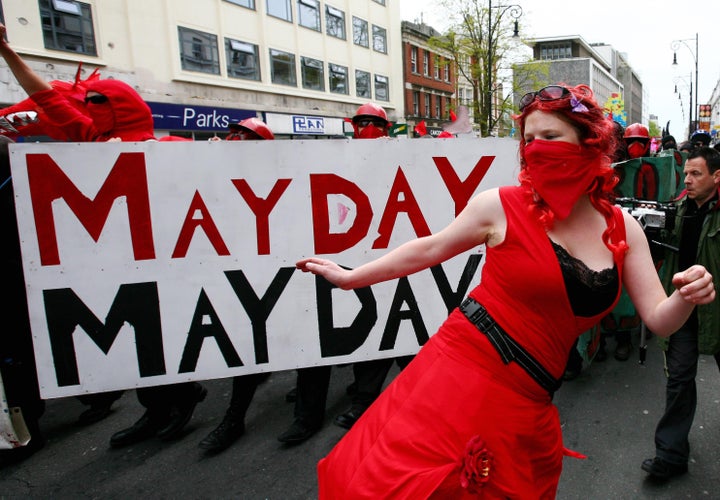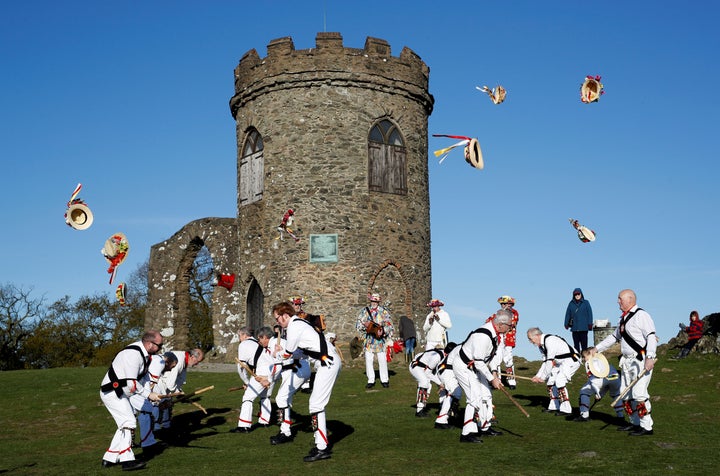Traditionally, May Day is celebrated on 1 May, but in the UK the bank holiday is held on the first Monday of the month. And while for many, May Day is simply associated with the chance to have a lie-in, it actually has a long tradition of political protest.
May Day Protests
In the UK, May Day has become linked to International Workers’ Day, known as Labour Day in some countries.
This is a celebration of labourers and the working classes, and in recent years has seen large-scale protests organised by the anti-capitalist movement in cities including London, Glasgow and Edinburgh.

In 2000, protests in London saw a statue of Winston Churchill and the Cenotaph defaced.
Today, anti-austerity campaigners will march through London in protest over Brexit, the Grenfell Tower fire and the Windrush scandal.
The march will leave Clerkenwell Green at midday and assemble at Trafalgar Square for a rally in aid of trade union rights, human rights and international solidarity.
This year the rally will be held in memory of Mehmet Aksoy, who was killed in Syria while filming with the Kurdish YPG. A leading figure in the Kurdish community, Aksoy was a great supporter of London May Day.

Around the world, other protests often take place in association with International Workers’ Day. In Istanbul police detained more than a dozen demonstrators who tried to march towards Istanbul’s symbolic main square in defiance of a ban.
Turkey declared Taksim Square off-limits to May Day celebrations citing security concerns. Roads leading to the square were blocked and police allowed only small groups of labour union representatives to lay wreaths at a monument there.
The History Of May Day
May Day has roots in pagan tradition celebrating spring, firstly Floralia, the festival of Flora, the Roman goddess of flowers.
It also has roots in the Gaelic celebration of Beltane, marking the beginning of summer.
May Day celebrations were banned in Britain by the Puritan government following the execution of Charles I on 30 January 1649. They were, however, reinstated with the restoration of Charles II in 1660.
A bank holiday was celebrated in Scotland since 1871 but was only introduced in the rest of the UK in 1978 by the then-employment secretary Michael Foot.
May Day Traditions
In some villages, a maypole is erected with ribbons attached. People, often children of the village, dance around the pole. The symbolism of this tradition is hotly debated, with some suggesting the pole represents the Earth’s axis while others claim it is a phallic symbol associated with fertility.
Morris dancers, dressed in traditional costumes and wearing bell pads on their shins, may perform while wielding items such as sticks, swords or handkerchiefs.
Some celebrations may also see a May Queen crowned. Often a young girl wearing white and crowned with flowers, the May Queen may make a speech before leading a procession.
